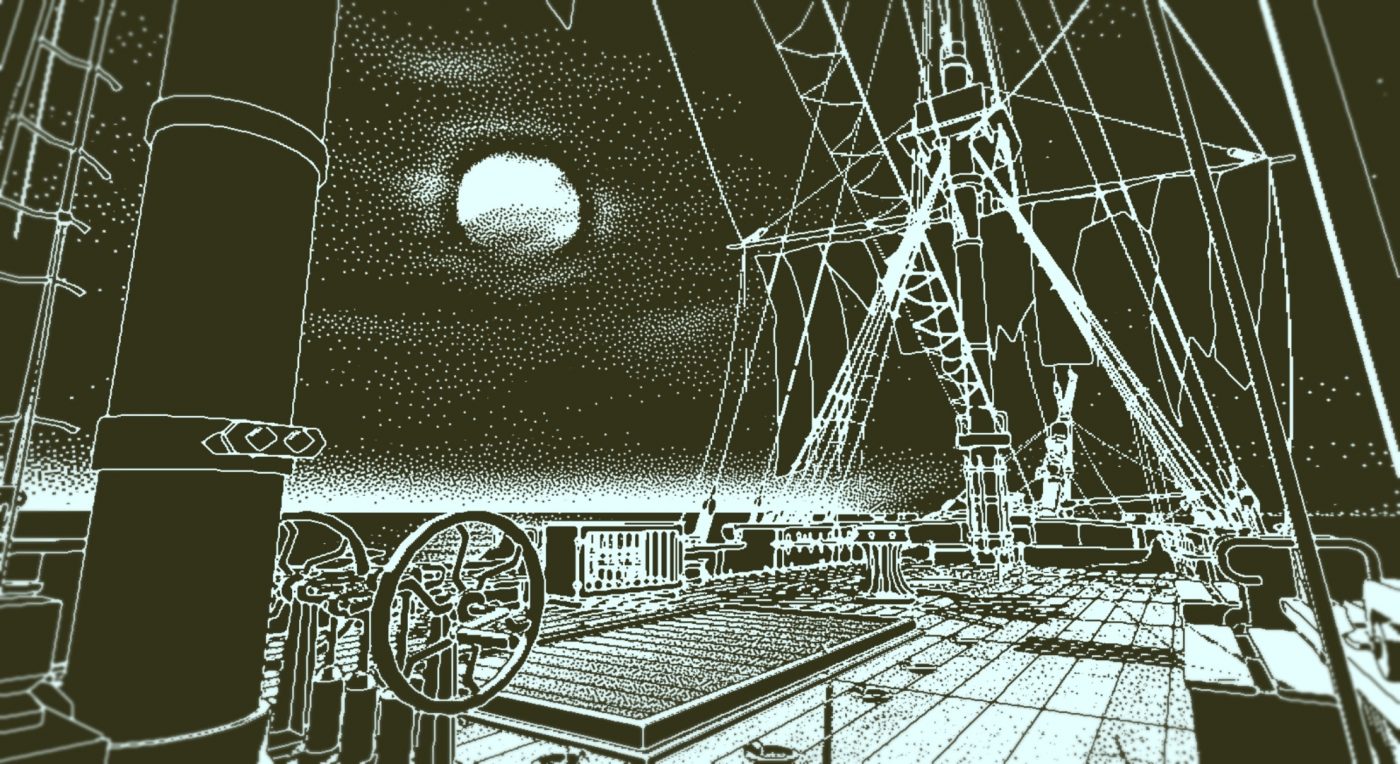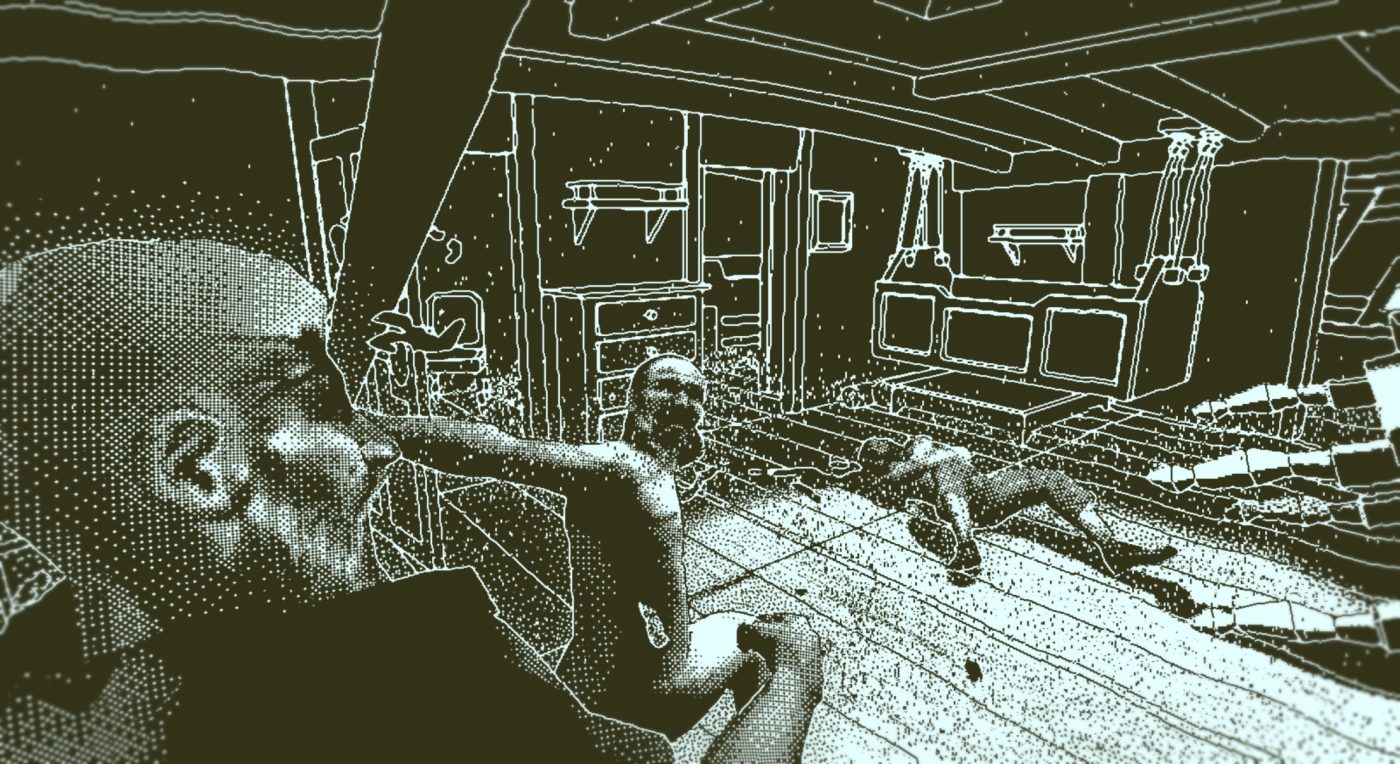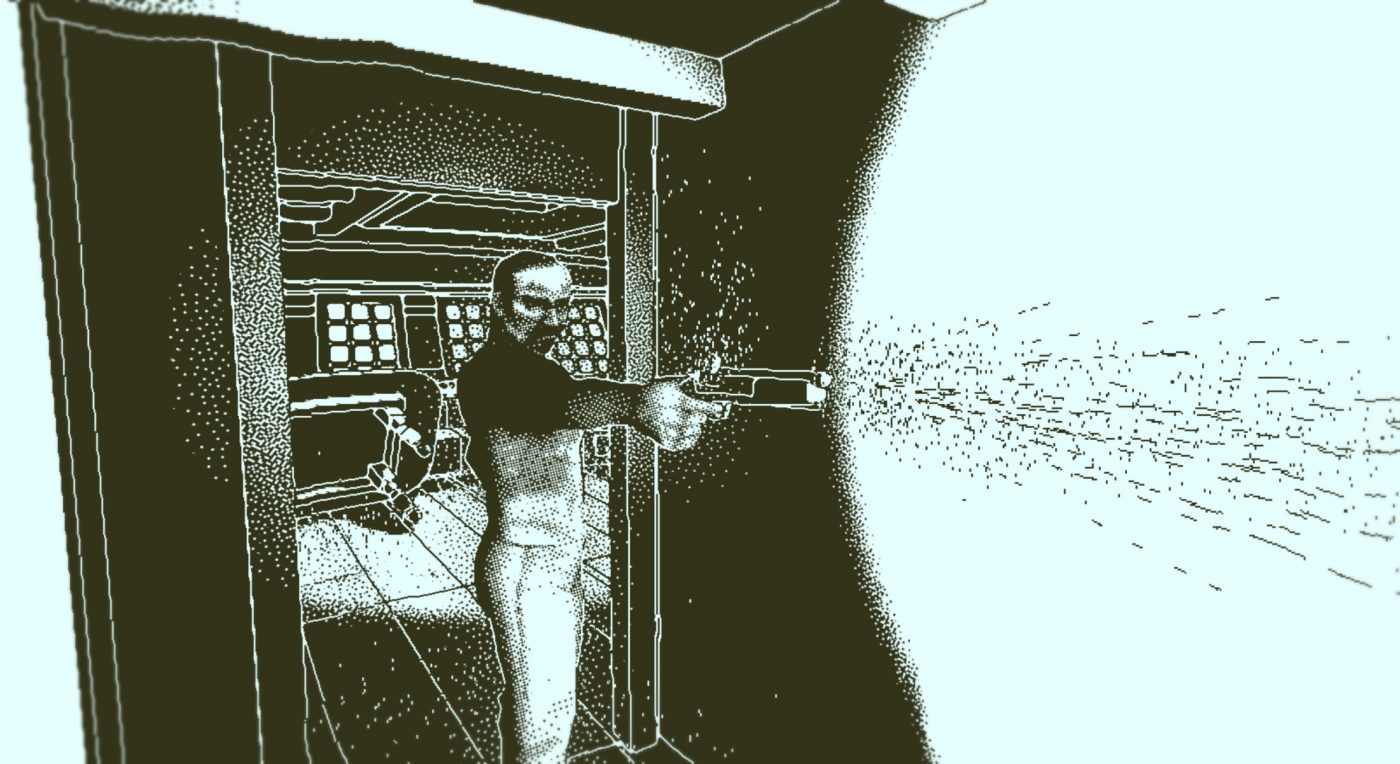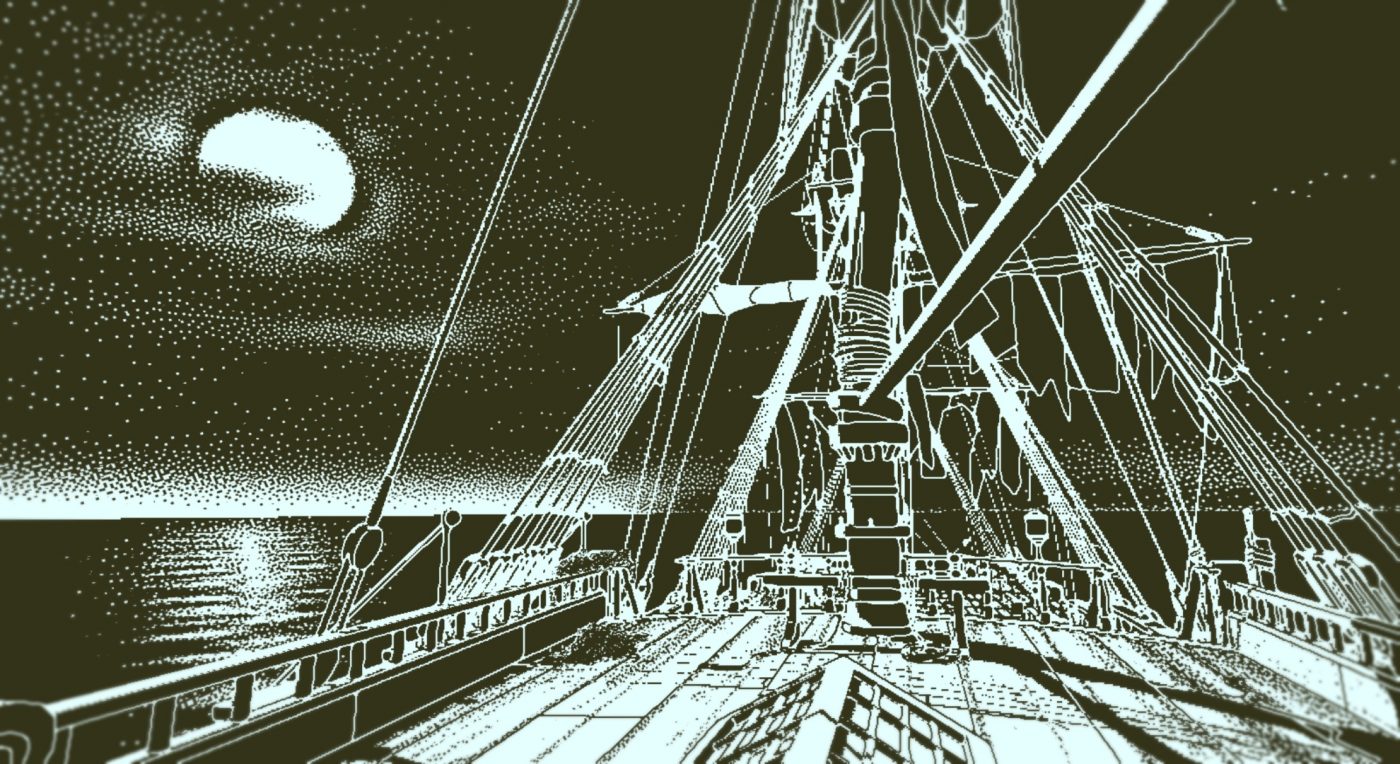‘Early 19th century British naval uniforms’
‘Where is a lazarette on a ship?’
‘Is a bosun higher in rank than a steward?’
These are just a few of the things I searched for in my efforts to solve the many mysteries of Return of the Obra Dinn, the second major release from Lucas Pope, creator of the equally fantastic Papers, Please. Like in that game, this one presents players with a completely unique and compelling experience. You play as an insurance inspector for the East India Company investigating a ship that has reappeared off the English coast. The only problem is that all 60 of its passengers and crew have either mysteriously died or gone missing. Your job is to determine the fates of these lost souls. Armed with the crew manifest, a notebook and a pocket watch that allows you to revisit the dying moments of the corpses scattered across the ship, you take your first steps aboard.

What follows is like an interactive and very elaborate game of Cluedo mixed with Guess Who? You wander around the ship, picking over bodily remains and using your magic watch to try to determine who died, how they died and who (or what) killed them. Occasionally, during these moments when you are warped back to the past, you’ll hear a name or a title. These allow you to match at least one of the people in the tableau you’re presented with in each memory to a name in the manifest with some degree of certainty. Such instances are rare, however, and discovering the fates of all sixty of these names won’t be so easy. You’ll find yourself revisiting the memories, over and over, to sniff out more clues, observing characters’ eye-lines and their proximity to one another in an attempt to determine their relationships. Later, you’ll try to figure out their nationalities from their appearance, their rank from their clothing, their identities from their tattoos.
Once you think you have a good idea of who someone is, you can match their corpse to a name, a means of death and a killer, but all of this is left up to the player. Beyond a few brief tutorials at the beginning of the game, there’s next to no hand-holding. The order in which you visit each of these memories is also up to you, and, indeed, the first flashback you’re likely to see is taken from the very end of the story. Often, in fact, you’ll find two corpses near each other and assume they died at the same time, only to discover they suffered very different fates on entirely separate legs of the Dinn’s doomed voyage.

In the hands of another developer, you’d suspect the experience could become overwhelming, so it’s to Pope’s credit that it never does. There’s always some clue to go on, detail to double-check or hunch to drive your search forwards. Through a combination of keen observation, logical deduction and multiple processes of elimination, you start to uncover the grisly fates of more and more of the crew. It’s all immensely satisfying, and this is underscored by the way the game pauses and congratulates you every time you manage to correctly figure out what happened to three of the crew members. In these moments, a dopamine-triggering audio cue plays, the words ‘Well done’ appear on screen, and the speculative entries you’ve pencilled into your notebook are replaced with reassuringly permanent typed records.
Each one of these eureka moments feels wonderful and will have you regularly fist-pumping in triumph. This is especially true towards the end of the investigation, once the more obvious mysteries have been solved and your tentative theories about some of the more obscure seamen – a nameless deckhand or mute steward – suddenly come to fruition. As all the best puzzle games do, Return of the Obra Dinn frequently makes you feel like a genius.

What’s striking upon initially playing the game, however, isn’t the way it makes you feel but rather the way it looks. The ship is presented to you in a series of monochromatic lines and dots that resemble early Macintosh games like Dark Castle or Déjà Vu. This aesthetic does a lot to contribute to the ship’s eerie atmosphere – you spend the first couple of hours convinced something is going to lunge at you from a shadowy corner as you poke around the cabins and cargo stores. Despite the apparent simplicity of the graphical style, the 60 different characters who you meet in the memories all look different enough from one another to be recognisable, and by the end of the adventure you’ll be able to spot most members of the crew by sight. Their facial expressions are particularly well-drawn, whether they’re open-mouthed in amazement or grimacing in agony.
As distinctive as the game’s art direction is, though, it’s trumped by the sound design. When you first step aboard, save from the occasional creak as the wind tugs at the rigging, or the sound of the waves gently lapping against the ship’s hull, you’re met with silence. Activate a memory, however, and the game launches into a medley of moody strings, scant percussion and blaring brass notes. Each of these short arrangements (all composed by Pope) perfectly frame the flashbacks they play over, successfully inducing awe, shock or horror depending on what you’re shown. The fully-voiced script is similarly evocative, and one of the game’s masterstrokes is to prevent you from seeing the moments before a person dies, forcing you rather to hear them instead. You’ll listen intently to the conversations of the crew, the baying of a storm or the clamour of screaming sailors, all the while looking at a blank screen, letting your imagination fill in the gaps for you. Then, when the scene suddenly appears, capturing the exact second someone met their end, the reality of what occurred is often even more surprising than the pictures the preceding sounds painted in your mind.

It all comes together to create an original and genuinely memorable adventure that delights as often as it disturbs. You can actually finish the game as soon as you’ve witnessed all of the flashbacks, even with only a third of the notebook filled in, but suffice to say that this will earn you the worst of the three endings. Should you persevere, however, and unearth the fate of every last soul, by the time you come to leave the Obra Dinn you’ll have enjoyed a profoundly fulfilling experience that respects your intelligence and rewards you handsomely for discovering the truth of what transpired on this most haunted of ghost ships.

